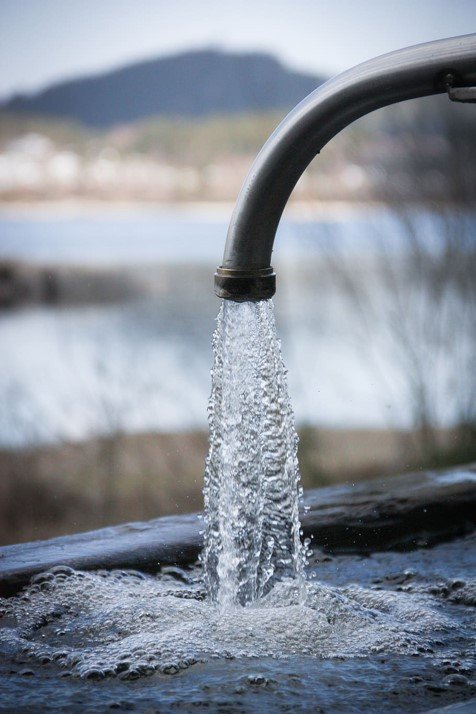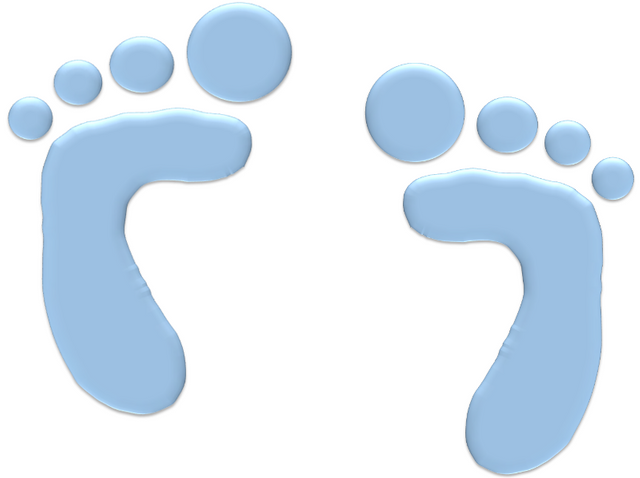We all know how indispensable water is for our daily life, not only the water we drink to hydrate ourselves, but also the water we need to wash ourselves, cook and wash our clothes, among other activities.

All our activities, in one way or another, are related to water consumption. Source: piqsels.com.
But we rarely take into account that water is related to any activity or process, and usually when we want to estimate its consumption we resort to calculation averages according to the allocation by activity or type of service. But we do not take into account that there are activities in which we use products that needed water for their manufacture.
That is to say, I think very few people take into account that using a sheet of paper causes a 10 L water impact or that eating a 150 g hamburger has a water footprint of 2000 L, depending on the place where it is produced. This is because we take more into account the water we use directly when bathing, watering the garden or washing the car than the water used indirectly to manufacture the products we consume.
Let's start by defining the water footprint as an environmental indicator that establishes the volume of freshwater used to produce the goods and services we usually consume. In other words, this variable tells us how much water it costs us to manufacture a product or carry out our daily activities, either directly or indirectly.

The water we use directly or indirectly leaves a large footprint on the planet. Source: @emiliomoron, image created in PowerPoint..
This indicator was proposed by the researcher Arjen Hoekstra, professor at UNESCO; and he proposed this variable as a way of giving more precise information on the real water consumption when we make use of it, from its obtaining source, passing through the entire production chain until reaching consumption or final product. In this way, the aim is to overcome the limitations we have when estimating the impact we have on water systems, since calculation averages are generally used according to the type of consumption.
On the other hand, to calculate the water footprint, models are established that allow us to determine water consumption by adding the direct water footprint and the water footprints of the different products we consume; especially the food we consume requires a lot of water for its cultivation and processing, and the wastewater we produce also contributes to the impact on water resources. In other words, it is a more complex but accurate way of calculating our impact on the environment.
This is an issue worth reflecting on, because it is not just a matter of preventing the dishwasher faucet from dripping to avoid wasting water, it is about having a more complete vision of the way we use it and how it affects our environment, for example, putting a load of clothes in the washing machine consumes about 100 L of water per wash, which means that it produces the same amount of wastewater, which will possibly be discharged into a body of water, so water is needed for this medium to assimilate this pollutant load; And we must also add the electricity consumed by the washing process, which indirectly also needs water for its generation. That is to say, it is to stop thinking that only 100 L of water were spent in a simple washing.
In short, this indicator seems a way to make us understand that our impact on water resources goes beyond the water we consume directly, but also, that each activity we perform contributes to the water footprint, something very necessary to promote public awareness and think what we can do to reasonably reduce this footprint we leave on the planet.
Thanks for coming by to read friends, I hope you liked the information. See you next time.

I had already heard the term "water footprint" but frankly I had not read it as well explained as you have just done, friend @emiliomoron, in short, being aware and making rational use of water is what will make the big difference in the human survival in the centuries to come, excellent publication !!!
Downvoting a post can decrease pending rewards and make it less visible. Common reasons:
Submit
Hello friend, thank you very much for your appreciation. No doubt we must increase our awareness about the use of water, it is necessary for everything and we must ensure its good use.
Downvoting a post can decrease pending rewards and make it less visible. Common reasons:
Submit
@tipu curate
Downvoting a post can decrease pending rewards and make it less visible. Common reasons:
Submit
Upvoted 👌 (Mana: 1/5) Get profit votes with @tipU :)
Downvoting a post can decrease pending rewards and make it less visible. Common reasons:
Submit
Thank you very much!
Downvoting a post can decrease pending rewards and make it less visible. Common reasons:
Submit
Water footprint is all the water been used during the production of goods and services for the betterment of human lives. There is more to the used of water apart from drinking, bathing and washing.
Downvoting a post can decrease pending rewards and make it less visible. Common reasons:
Submit
That's right my friend, the water footprint is much more complex than just the water we use directly.
Downvoting a post can decrease pending rewards and make it less visible. Common reasons:
Submit
Hi @emiliomoron
It is very important to make humanity aware of the seriousness of this problem.
Excellent reading, thanks for sharing.
Best regards.
Downvoting a post can decrease pending rewards and make it less visible. Common reasons:
Submit
Hello friend, it is very important to be aware of it and avoid wasting it. Thanks to you for reading it.
Downvoting a post can decrease pending rewards and make it less visible. Common reasons:
Submit